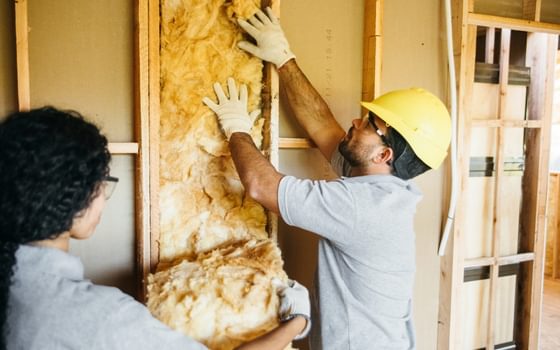How to save our public farmland
Public land is a public asset. It shouldn't be sold off to counteract budget cuts.
30 March 2022
We know that public farmland is vital, and that local authorities need to hold onto it. Today, along with the Campaign for the Protection of Rural England (CPRE) and Shared Assets, we are putting forward a vision for how to protect and enhance county farmland by 2040.
Public land is a public asset. It shouldn’t be used for short-term profit seeking, but for the public or common good. Public bodies shouldn’t be selling off publicly owned land in order to make up for austerity cuts to their budgets. Land should instead be used to support the economic recovery from the pandemic by supporting new jobs in sustainable industries, and to help tackle the climate emergency and biodiversity crises. Public land can play a key role in addressing these and future challenges by trialling better approaches to farming and land management, with local authorities setting an example. By providing parcels of land, mentoring, cooperative farming or other forms of partnership, it can support new entrants to the sector, or to people already working on farms who want to progress in the industry. Public land could allow those people to eventually retire with dignity by providing homes for farmers who have passed on their farms. Creatively used, county farms can be at the heart of sustainable and more just local economies and communities.
With the right policies, by 2040, county farms could be working better for local authorities, farmers and the local community. With a steady increase in the amount of farmland under public ownership would come enhanced opportunities for new entrants to practice sustainable farming which restores our environment. A much higher level of community involvement in decisions about county farmland with greater democratic control would enable people to have a healthier relationship with land while, putting it to use in ways that mitigate the climate crisis and restore wildlife and plant species.
It might seem daunting to reverse this decades-long depletion of publicly owned farmland, but – along with CPRE and Shared Assets – we have a plan. Right now, the existence and benefits of public farmland are not widely known, and we need a renewed understanding of the importance of having an estate of council farms across the country. Local authorities need support to grow and manage their farm assets, with strategies that are aligned with our national and local targets to cut greenhouse gas emissions.
Local authorities need leadership and guidance from central government on how to manage and grow their farm assets. The strategies they develop should be aligned with UK climate targets and councils’ own climate plans.
Fundamentally, we need to recognise the wider value of public farmland, in order to capture the wide array of benefits that are possible through better land use. This recognition needs to matched with action to support local authorities and other public landholders to improve strategies and decisions on their farmland estates.
For instance, if we can broaden the range of backgrounds of people wanting to farm by targeting people from non-farming backgrounds with transferable skills, especially those from marginalised groups and racialised minorities, through active training and support programmes, we can make farming more inclusive and diverse as a career prospect. Helping new entrants, existing tenants and others working council farmland to realise local, novel and higher value opportunities to sell produce will also be critical.
Local authority annual reports on county farms should include a public register of all council land by type and provide easily accessible information about farm holdings and their characteristics. Having this information available for public scrutiny would help local producers and community groups develop strategies once they know what is available and when.
Fundamentally we need to shift the way local authorities value the assets they own – like land – and how they decide to sell them off. If we give councils a duty to assess the wider social, economic and environmental benefits of the farmland they may be buying or selling, we can ensure this land doesn’t just get sold off for unaffordable housing to generate one-off lump sums for local authorities. Involving local communities in setting goals and management priorities for their county farm estate will be important in developing locally-led, not for-private-profit models. Councils should introduce a new policy to buy two acres for every acre of public land sold, to reverse the loss of public farmland and all the benefits to people and planet it can provide.
We need a rapid transition to sustainable low-carbon farming and County Farms can help achieve this by expanding the range of benefits they deliver locally. Bringing together current programmes to buying out tenancies, offering new ones, modernising the built fabric of farms, and more will shorten supply chains and help new farmers interested in agroecology get access to land that can help these new farmers get started producing food in a low carbon and sustainable way. We need to ensure council farms become beacons of agricultural transition and the delivery of public goods. This will require sustained investment. The New Entrants scheme was introduced by Defra in 2021 to inject new finance into some council farm estates. But this will only run from 2022 to 2024. This commitment should be extended to 2028.
With these actions as the basis of an honest, sustained conversation between government, the farming sector and wider civil society, we can use the valuable resource beneath our feet for everyone’s public benefit.
Read our full vision for county farms by 2040 here
Image: Pexels
Topics Environment Fisheries & farming






